All Stories
-
 Astronomy
AstronomyHere is Cassini’s last broad look at the Saturn system
Two days before plunging into Saturn, Cassini took a mosaic image of the gas giant, its rings and its moons.
-
 Tech
TechWhen it comes to self-driving cars, what’s safe enough?
Even as unmonitored self-driving cars take to the streets, there’s no consensus about how safe is “safe enough” for driverless vehicles.
-
 Plants
PlantsThe dietary habits of the emerald ash borer beetle are complicated
Tests answer some questions about the emerald ash borer’s hidden taste for olive and fringe trees.
By Susan Milius -
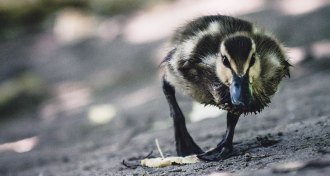 Animals
AnimalsEven a tiny oil spill spells bad news for birds
Just a small amount of crude can make birds less active.
-
 Health & Medicine
Health & MedicineSix-month-old babies know words for common things, but struggle with similar nouns
Young babies know a cup of juice from a car, but have a hard time distinguishing more similar nouns, a new study finds.
-
 Materials Science
Materials ScienceThis material does weird things under pressure
A new metamaterial has a seemingly impossible property: It swells when squeezed.
-
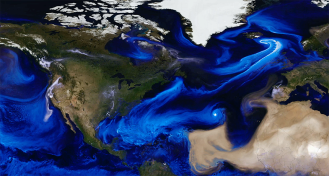 Earth
EarthWatch NASA’s mesmerizing new visualization of the 2017 hurricane season
Swirls of sand, sea salt and smoke make atmospheric currents visible in a new NASA visualization.
-
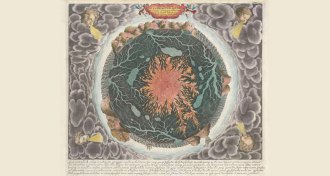 Science & Society
Science & SocietyA new map exhibit documents evolving views of Earth’s interior
"Beneath Our Feet" puts maps on display to show how people have envisioned and explored Earth’s subsurface.
-
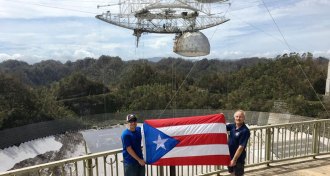 Astronomy
AstronomyThe Arecibo Observatory will remain open, NSF says
The iconic Arecibo radio telescope has survived Hurricane Maria and dodged deep funding cuts.
-
 Archaeology
ArchaeologySkeletons could provide clues to who wrote or protected the Dead Sea Scrolls
Skeletons suggest a group of celibate men inhabited Dead Sea Scrolls site.
By Bruce Bower -
 Animals
AnimalsThe key to breaking down plastic may be in caterpillars’ guts
Caterpillars that feast on plastic have different gut microbes than those that eat a grain-based diet.
-
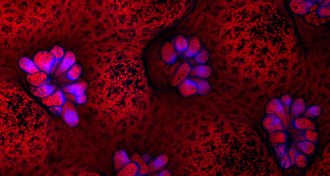 Animals
AnimalsFluorescence could help diagnose sick corals
Diseased corals fluoresce less than healthy corals, and a new analysis technique can help spot the reduced glow.